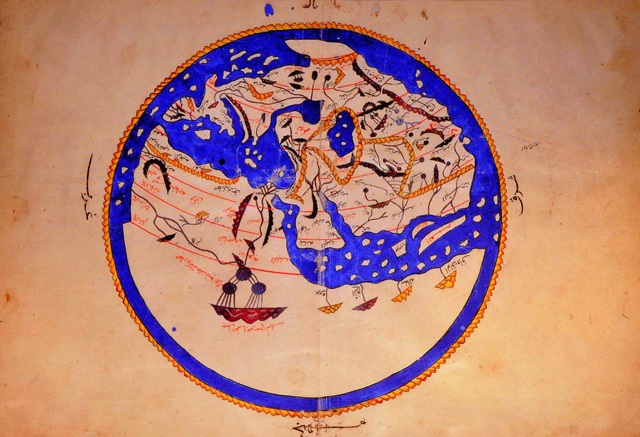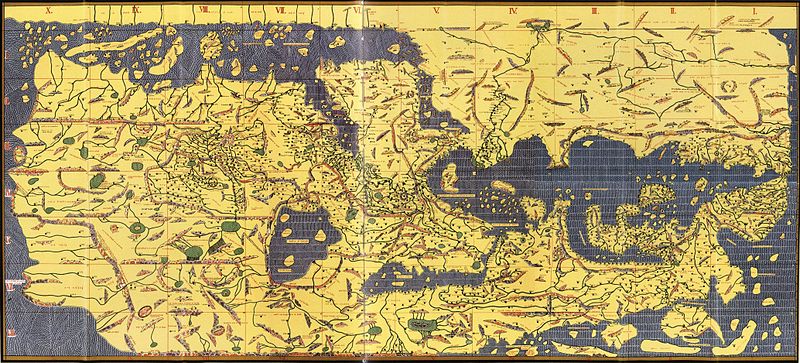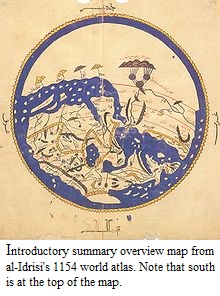Mahmud ibn Hussayn ibn Muhammad al-Kashgari (Uyghur: مەھمۇد قەشقىرى Mehmud Qeshqiri, Turkish: Kaşgarlı Mahmut, Arabic: محمود بن الحسين بن محمد الكاشغري - Maḥmūd ibnu 'l-Ḥussayn ibn Muḥammad al-Kāšġarī) (Mahmûd Qašqarî) was an 11th century Turkic scholar and lexicographer of Turkic languages from Kashgar.
His father, Hussayn, was the mayor of Barsgan and related to the Qara-Khanid (Karahanlı) ruling dynasty. His mother, Bibi Rābiy'a al-Basrī, was of Arab origin.
Al-Kashgari studied the Turkic dialects of his time and wrote the first comprehensive dictionary of Turkic languages, the Dīwānu l-Luġat al-Turk (Arabic: "Compendium of the languages of the Turks") in 1072. It was intended for use by the Caliphs of Baghdad, the new, Arabic allies of the Turks. Mahmud Kashgari's comprehensive dictionary contains specimens of old Turkic poetry in the typical form of quatrains (Persio-Arabic رباعیات rubāiyāt; Turkish: dörtlük), representing all the principal genres: epic, pastoral, didactic, lyric, and elegiac. His book also included the first known map of the areas inhabited by Turkic peoples. This map is housed at the National Library in Istanbul.[1]
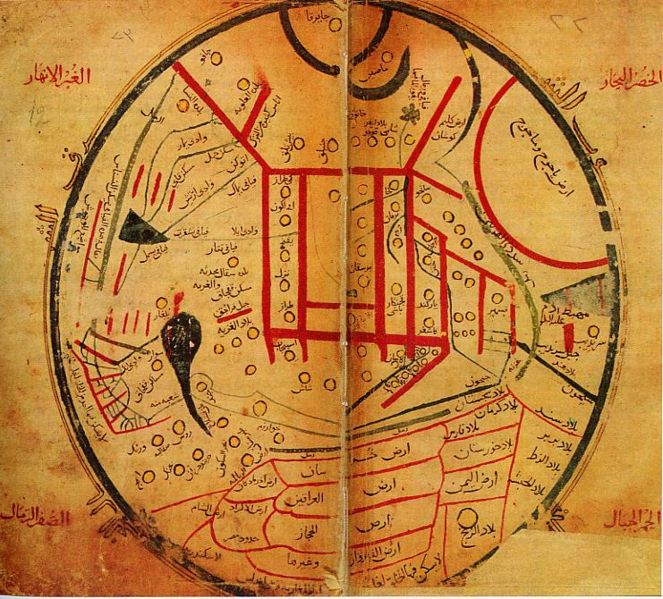
World Map from Kashgari's Diwan, showing the lands as known at the time. Map oriented to East being on top.
Mahmud al-Kashgari died in 1102 at the age of 97 in Upal, a small city southwest of Kashgar, and was buried there. There is now a mausoleum erected on his gravesite. He is remembered by Uyghurs as a prominent Uyghur scholar.[2]



 Geographers and Explorers
Geographers and Explorers


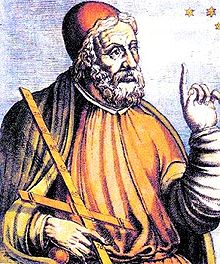 Claudius Ptolemy (Greek:
Claudius Ptolemy (Greek: 